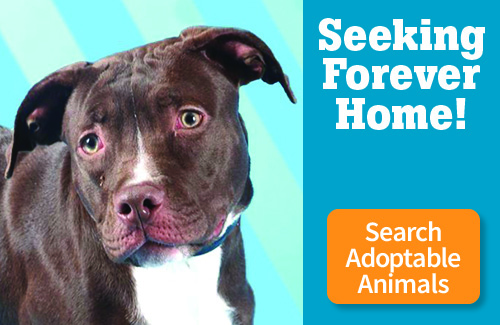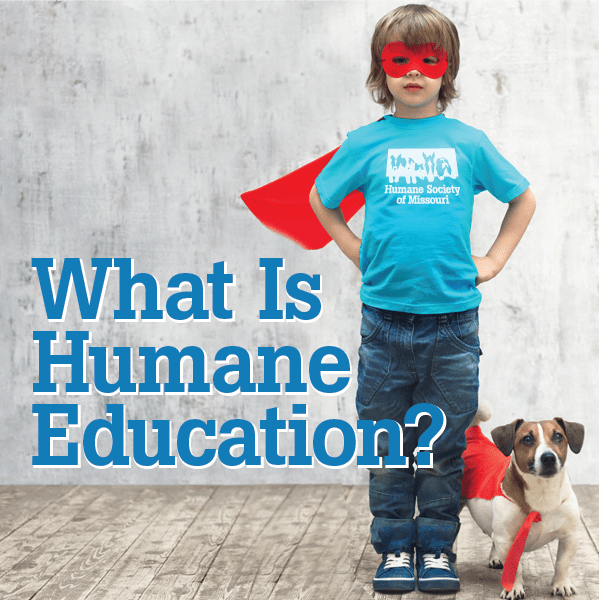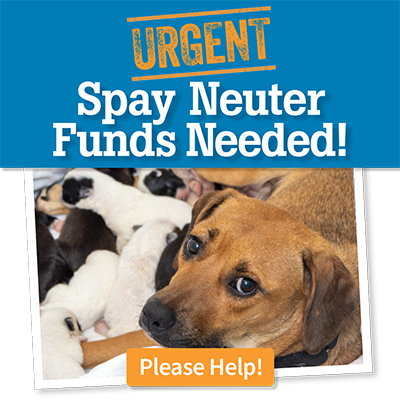Owners of aggressive dogs have a serious responsibility to keep other people and animals safe. Despite all of the publicity involved with dog bites, many owners dismiss or excuse their pet’s aggressive displays until there is a serious incident. Just because your dog has never bitten does not mean he won’t. The end result can be devastating for the dog, the owner and the victim.
Living with an aggressive dog requires constant vigilance and management. It is important that owners understand the liability they assume if they choose to work with their dog.
Some facts of interest:
- There were 4.7 million dog bites reported in 2006 and almost 65% of those were children.
- About 61% of the bites occur in or near the owner’s home
- 71% of those bitten were friends and family members who knew the dog.
- A large number of bites occurred when reaching for the dog’s collar, hugging the dog, attempting to take something away from the dog or to force the dog to do something.
This handout provides important steps to help you and others remain safe by managing the situation until you are able to access a qualified animal behavior specialist for assistance. It does not replace the need to seek help.
What is the first step?
Admitting that your dog is aggressive is the first step. Aggressive dogs require dedication and commitment that far exceeds that of the average pet owner. Owners must have the ability and willingness to follow stringent safety guidelines and never deviate from them. There is no such thing as part-way safe.
Okay, I recognize my dog is aggressive what do I do next?
A family meeting and discussion is in order. The entire family must agree and be involved with management of the dog. Families need to consider very carefully the risk of keeping an aggressive dog in the same household with young children. The Humane Society of Missouri stresses that children under the age of 10 should never be left alone with any dog. In cases of aggression, we firmly believe that the dog and young child do not belong in the same household. One small lapse in management can result in a life-shattering event.
We want to keep our dog, yet remain safe. What should we do?
1. Immediately contact your veterinarian to set up a complete medical examination. This is especially true for sudden aggression, but applies to any behavior problem.
2. Schedule an appointment with a qualified animal behavior expert who is familiar with aggressive behavior.
3. Avoid walking your dog in busy public areas. If you must take your dog for a walk, select times when you are less likely to encounter other people or animals that trigger the aggressive behavior and use a short leash and muzzle for safety. Rather than walks you might want to teach your dog how to fetch and then play the game with the dog inside the house or in a secure location away from others.
4. Condition your dog to accept wearing a muzzle
5. Use baby gates, closed doors, crates and other methods to confine your dog away from visitors to your home. Make certain that no one is able to reach over the gate or into the crate where they could be bitten.
6. Control your dog’s access to resources that he might guard (pick up toys, feed in the crate, prevent your dog from getting up on furniture, etc.)
7. Keep a leash on your dog at all times when you are home. This provides owners with a way to grab the dog in a hurry without reaching for his collar.
8. If a situation develops where the dog has reacted with aggression in the past, use a non-threatening method to handle the situation (happy talk, favorite treats, favorite toy, confining the dog).
9. Avoid any physical punishment. This only increases the arousal level for most dogs and can encourage re-directed aggression towards the owner.
10. Don’t take chances. Aggression cannot be cured! Even with modification and training, the dog will require management the rest of his life. Ultimately, the dog should be either confined in a crate, a kennel, a securely fenced yard or allowed out in the house on a leash with the owner present.
What if I decide that I cannot keep my dog?
Aggressive animals have limited placement options. Shelters and rescues are full of healthy, friendly dogs seeking new homes. Most facilities cannot deal with the liability of working with an aggressive dog, nor do they have the resources necessary to deal with this type of problem. Passing the dog on to another family where the dog could bite or otherwise injure someone is not a reasonable choice either.
Placing your dog in environment where he will be kept chained and used as a guard dog is not a humane option. Dogs living outside on a chain are easily overlooked when it comes to routine care. They must eat, sleep, and eliminate in a small confined area. Living on a chain is a frustrating life and can only increase aggressive behavior. The U.S. Department of Agriculture issued a statement in 1996 on this very topic.
“Our experience in enforcing the Animal Welfare Act has led us to conclude that continuous confinement of dogs by a tether is inhumane. A tether significantly restricts a dog’s movement. A tether can also become tangled around or hooked on the dog’s shelter structure or other objects, further restricting the dog’s movement and potentially causing injury.”
If after talking to the dog’s veterinarian and looking at all of the alternatives an owner is unable to safely manage and work with an aggressive dog, euthanasia may be the only humane option.





